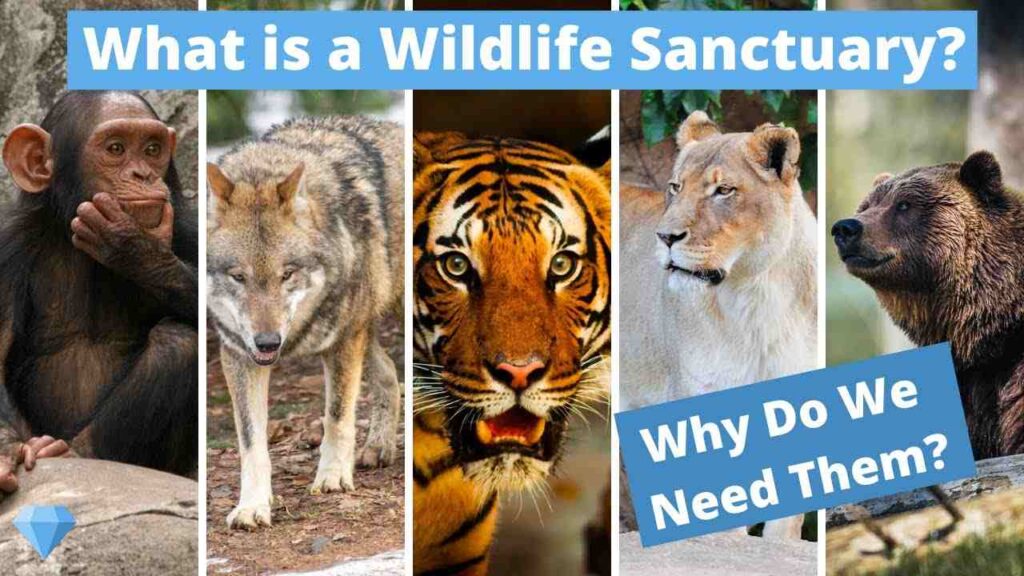
Explore 10 Key Difference between zoo and wildlife sanctuary
Zoos and wildlife sanctuaries may appear similar at first glance, as they both house various species of animals. However, a closer examination reveals several significant Difference between zoo and wildlife sanctuary. Let’s delve into the distinct characteristics that set zoos and wildlife sanctuaries apart.
10 Difference between zoo and wildlife sanctuary
Purpose: Zoos prioritise visitor entertainment and education, whereas wildlife sanctuaries place a higher priority on the welfare and conservation of animals.
Animal Acquisition: Zoos frequently acquire animals through breeding programmes, trades, or purchases in order to display a wide variety of species. On the other hand, wildlife sanctuaries frequently save animals from perilous circumstances, like illegal trade or habitat destruction.
Animal Care: Zoos typically offer veterinary care to make sure that their animals are healthy. The main goals of wildlife sanctuaries are rehabilitation and the creation of a natural habitat that closely resembles the animals’ original habitat.
Animal Enclosures: Zoos frequently use animal enclosures made for public viewing, putting the visitor experience first. On the other hand, wildlife sanctuaries work to duplicate natural habitats, giving animals more room and mobility.
Visitor Interaction: Zoos frequently promote visitor interaction, providing opportunities for up-close encounters with animals through activities like petting or feeding. The well-being of the animals and their natural behaviours are usually prioritised in wildlife sanctuaries, which limit human-animal contact.
Conservation Efforts: Wildlife refuges actively participate in conservation initiatives like habitat restoration and breeding programmes for threatened species. While some zoos take part in conservation initiatives as well, it is not their main priority.
Public Education: Zoos work to inform the public about various animal species through signage, performances, and hands-on exhibits. In their educational offerings, wildlife sanctuaries frequently place an emphasis on teaching about animal welfare and environmental conservation.
Diversity of Species: Zoos work to exhibit a variety of animal species from around the world, including those that are not frequently found in the immediate environment. Wildlife sanctuaries promote regional biodiversity by concentrating on native or rehabilitated species.
Animal Lifespan: Zoo animals typically live longer than their wild counterparts because of the specialised care and controlled environments provided. Animals can live as they would in the wild in wildlife sanctuaries, which aim to give them a natural environment.
Animal Release: When it is feasible, wildlife sanctuaries may return rehabilitated animals to their original habitats. Zoos, on the other hand, rarely return animals to the wild because they are mainly kept for display and conservation inside of their facilities.
We can better appreciate the various functions and goals that zoos and wildlife sanctuaries serve by being aware of these ten difference. Wildlife sanctuaries put an emphasis on animal welfare, rehabilitation, and the preservation of regional ecosystems, whereas zoos provide educational opportunities and conservation initiatives. Both contribute to our knowledge of and efforts to protect the amazing creatures that inhabit our planet.
Also Read: Explore 10 Difference between Single entry system and Double entry system